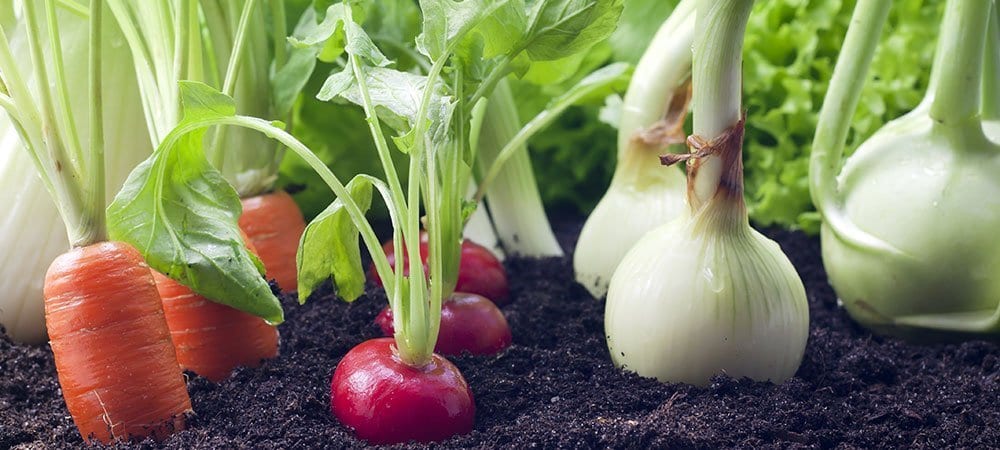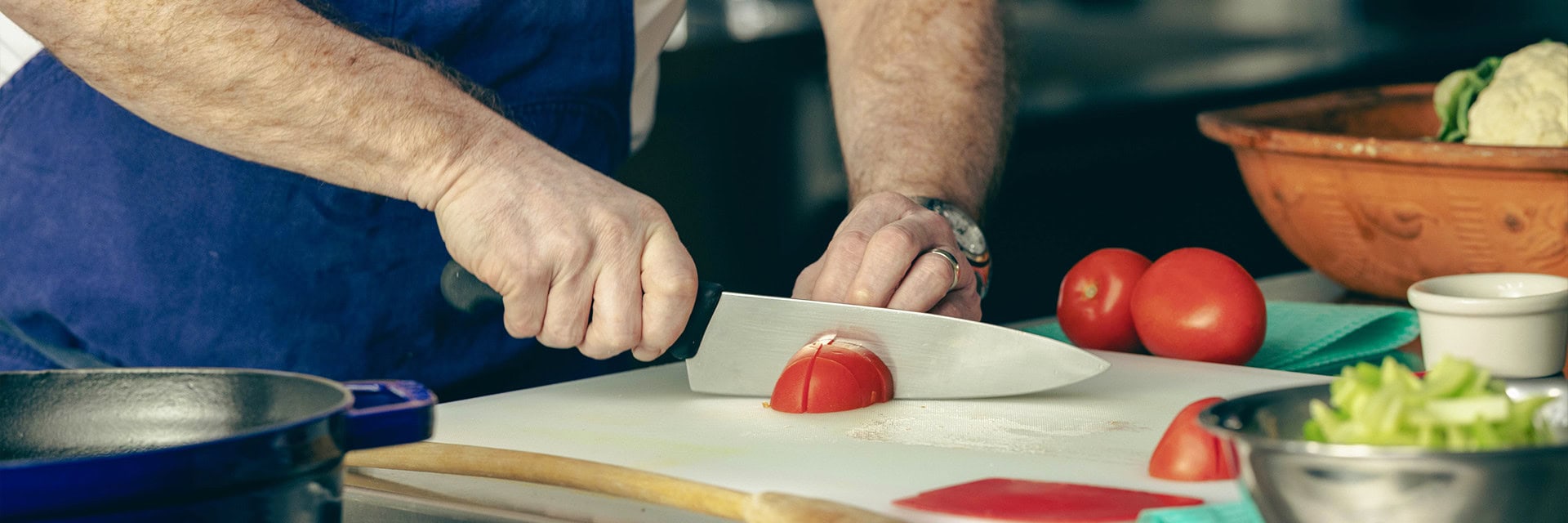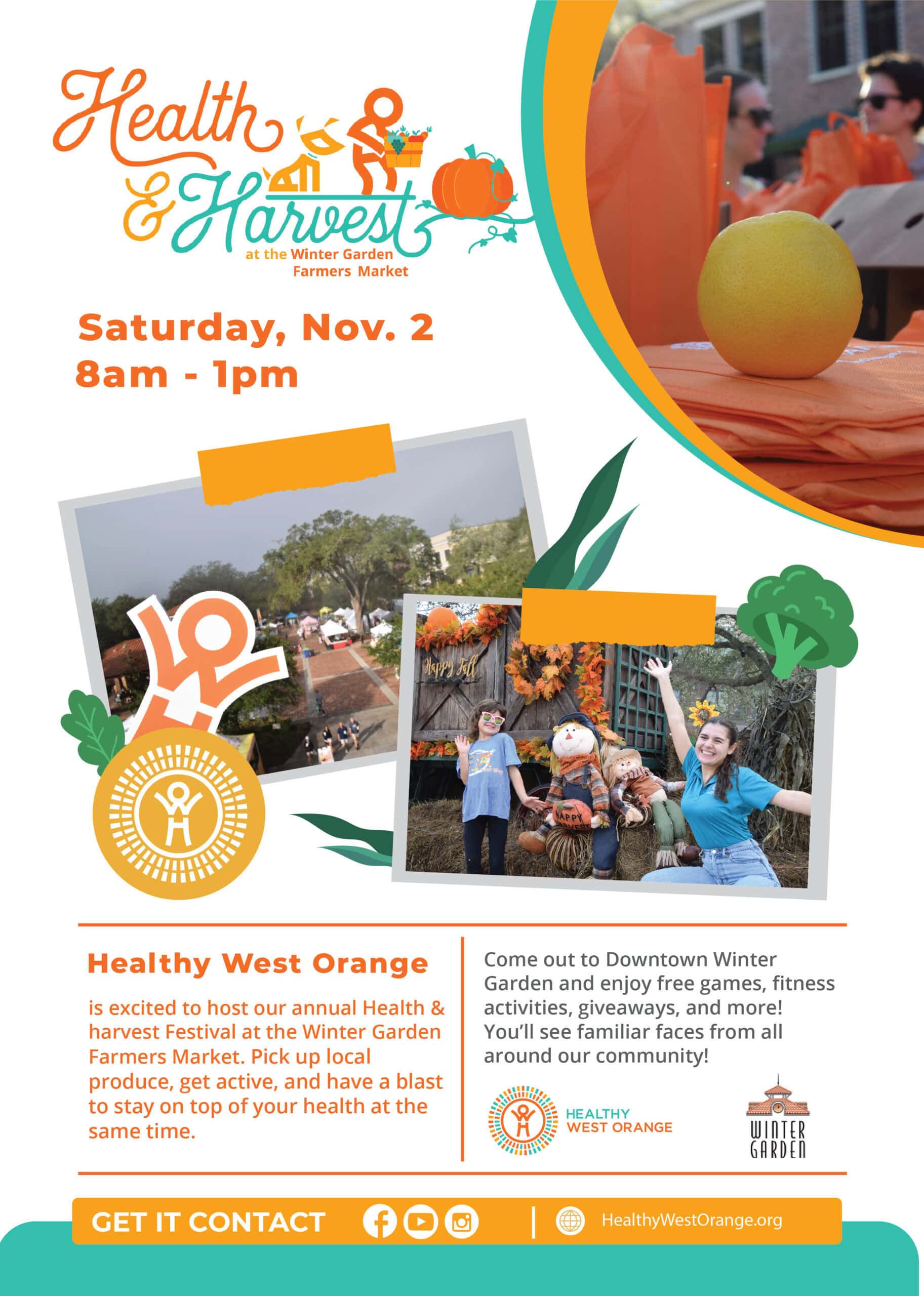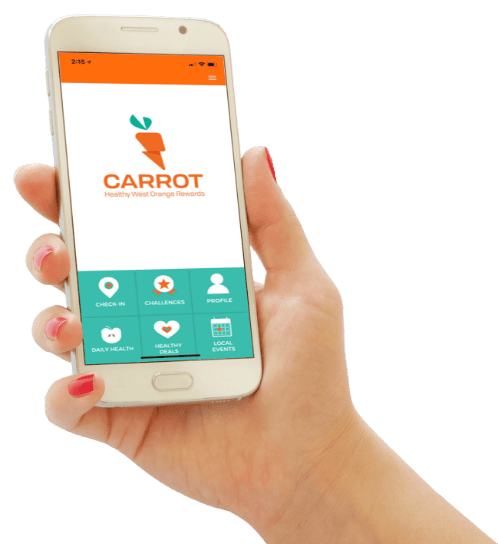Starting Your First Vegetable Garden

Growing Fresh and Local
Maintaining a garden in Florida is no easy task! We have the privilege of living in a state where weather can be quite extreme at times; however, vegetables can be grown year-round in Florida if the appropriate steps are taken to plan and care for them. We are celebrating eating local and fresh produce this month, and thanks to our friends at the University of Florida, we put together a guide to help you get started in creating and maintaining your own garden.
Step 1: Find a Spot
For convenience, locate the garden near the house on a well-drained site close to a source of water and in a location that receives at least six hours of direct sunlight daily. With proper care, vegetables may also be included in the landscape among ornamental plants. Coastal sites are also suitable. Where possible, rotate the garden from place to place to help control soil diseases and other pests.
Step 2: Make a Plan
Before planting, draw a garden plan that includes the name, location, and planting date(s) of the vegetables you want to grow. Use a planting guide to help you make informed decisions when preparing your year-round garden.
Make a list of supplies and order or purchase seeds early if you intend to grow your own transplants. The planting guide lists which vegetable seedlings transplant easily and which do not. Vegetables that are difficult to transplant should be seeded directly into the garden or started in containers first.
Step3: Prepare the Soil
Gardeners often plant on whatever soil type is available, but it is usually worthwhile to improve the garden plot with additions of organic matter. Most Florida soils are low in organic matter and therefore benefit from the addition of organic matter such as animal manure, rotted leaves, compost, commercial soil mixes, and/or cover crops.

Spade or plow the plot at least three weeks before planting. At planting time, rework the soil into a smooth, firm surface. You can also create your own “garden gold” by converting yard wastes to compost. Composing is easy to do and yields manure-like, organic fertilizer/soil conditioner, which highly benefits Florida’s infertile native soil.
Step4: Fertilizing
Unless very large quantities of organic matter are applied, commercial synthetic fertilizer is usually needed for Florida gardens. A soil test will help you understand which grade of fertilizer you will need. During the growing season, 2 or 3 light applications of fertilizer can be applied as needed. Apply the fertilizer just beyond the outside leaves.
Step5: Irrigate & Drain
Vegetables cannot tolerate standing water from excessive rainfall or irrigation. At the same time, vegetables need soil moisture to grow and produce. Frequency of irrigation depends upon the age of the crop and your soil type.
Young plants need frequent but light irrigation; maturing crops need more water but less often. Sandy soils demand more frequent irrigation than clay, muck, or amended soils. Conserve water by using mulch, organic matter, and techniques such as drip irrigation. Make a slight depression at the base of plants to hold water until absorbed by the soil.
Step6: Pest Management
Pests in the vegetable garden include weeds, insects, mites, diseases, nematodes, and even animals such as raccoons and birds that might consume the vegetable crop. A gardener has many options for reducing pest problems. Pesticides can be harmful to people, pets, beneficial insects, and the natural environment and should be used only after all other pest-management steps have been taken.
We hope to hear about your personal garden sprouting soon!
For more resources, tips, and other information, read the Florida Vegetable Gardening Guide created by the University of Florida.
Share this Post
Never Miss an Update
you might also like
Small changes can make a big difference to your health. Try incorporating at least six of the eight goals below into your diet.












